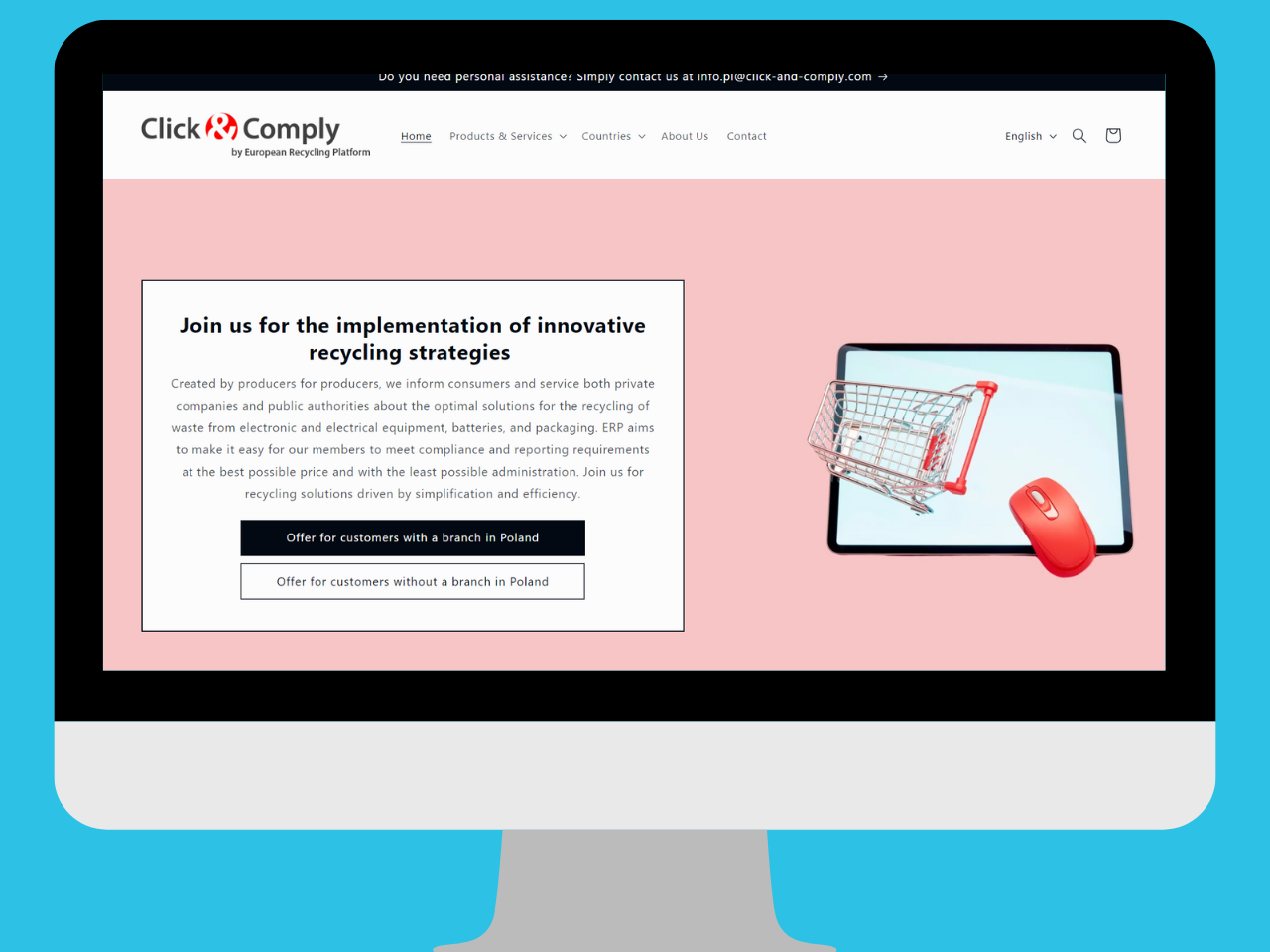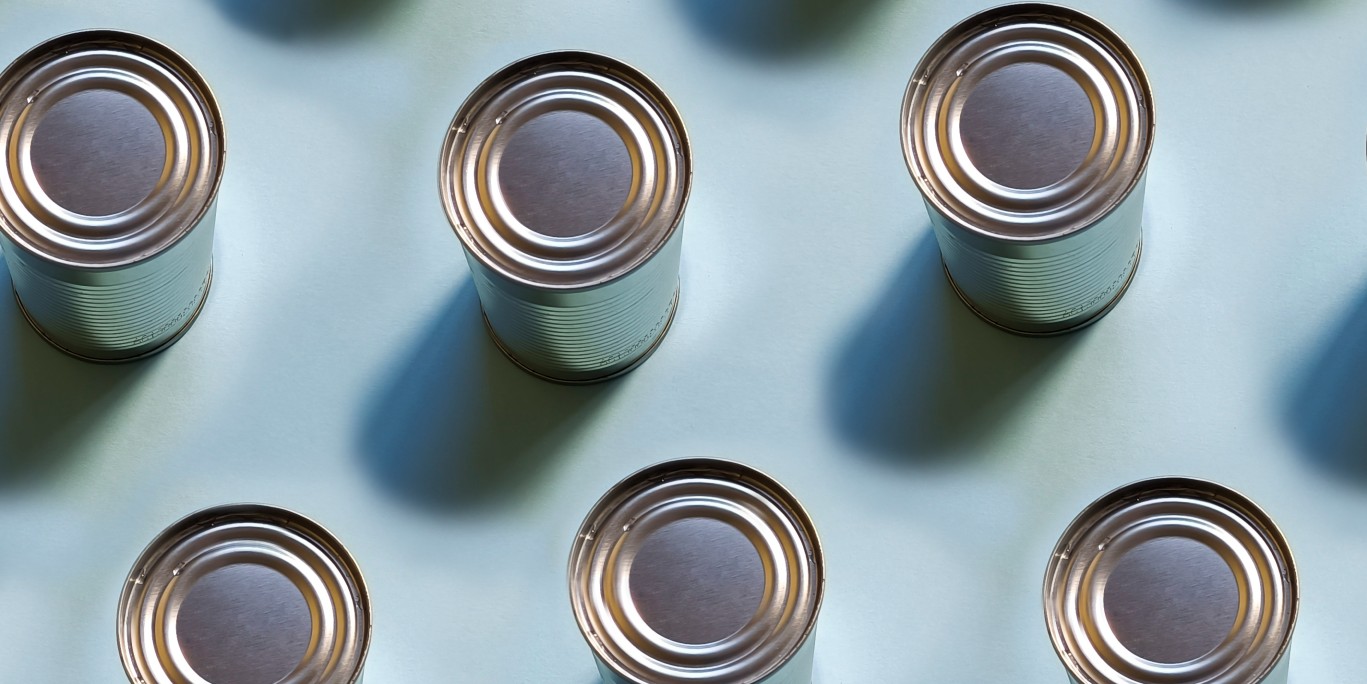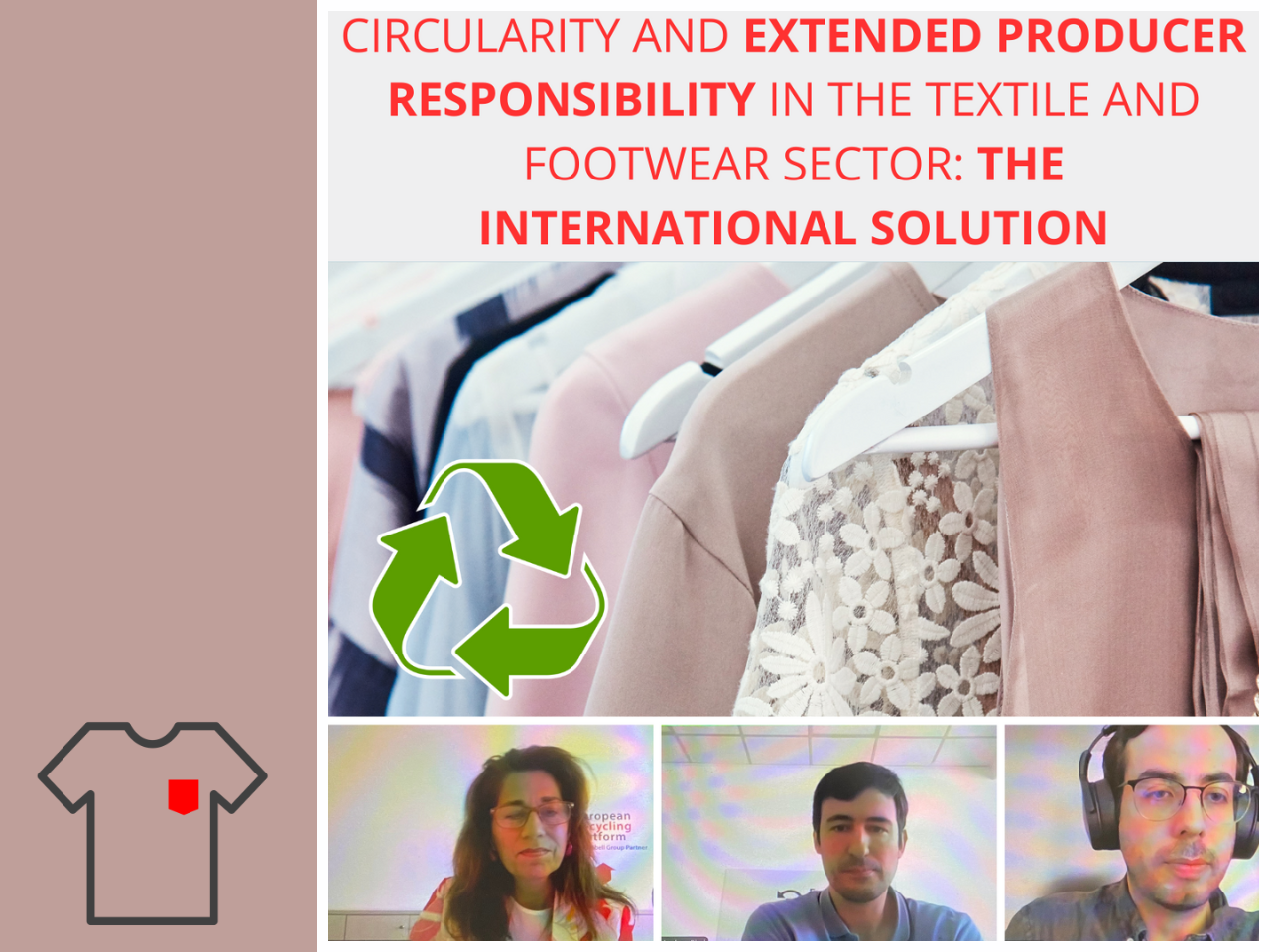What are the latest developments? We’ve picked out some highlights for September 2024:
Next steps for new EU president and parliament
Battery Regulation: new obligations in force
Packaging EPR: Defra publishes indicative fees for UK
Packaging: report proposes to end monopoly in Spain
Next steps for new EU president and parliament
Circular economy remains priority
The transition from a linear to a circular economy will remain one of the key topics at European level over the next five years. This is according to the political guidelines for the new legislative period presented by the outgoing and incoming President of the European Commission, Ursula von der Leyen, shortly before her re-election on 18 July.
Even though political priorities seem to be shifting towards strengthening resilience and economic prosperity, the circular economy remains an important part of the solution.
The circular economy allows materials to be reused, reducing the need to import raw materials, especially from unreliable third countries, thereby decreasing geopolitical dependencies.
Von der Leyen wants to introduce a new Circular Economy Act to boost demand for secondary raw materials and create a single market for waste, especially for critical raw materials.
In addition, von der Leyen announced a Clean Industrial Act for her first 100 days in office to help decarbonise and reindustrialise the EU economy.
The Waste Framework Directive and packaging regulation
In addition to these planned new initiatives, the new Parliament must deal with some outstanding issues from the previous legislature in the coming months.
One issue is the revision of the Waste Framework Directive regarding textile and food waste. The Commission had made a proposal and the Parliament and Council have subsequently adopted their respective positions. The trilogue negotiations are now aimed at finding a compromise, but it is not yet clear when negotiations will start.
The new packaging regulation has also not yet been fully adopted and, following the trilogue agreement in March this year, must undergo another formal round in Parliament and Council before it can be published in the Official Journal.
New Commissioners
President-elect Ursula von der Leyen is currently coordinating the nomination of the new Commissioners with the Member States. They will appear before the Parliament in October before full approval in by the plenary. The new Commission is expected to be officially appointed by the Council in November and could take office on 1 December.
Battery Regulation: new obligations in force
Since 18 February 2024, the European Battery Regulation 2023/1542 now applies in all Member States (see previous COMPASS article).
While it will only repeal the Battery Directive 2006/66/EC with effect from 18 August 2025, the first requirements and obligations of the new regulation came into force on 18 August 2024.
The newly applicable requirements include:
CE conformity and battery labelling
Batteries must now undergo a CE conformity assessment procedure before being placed on the market. It is not sufficient to ‘re-label’ batteries that have already been produced with the CE marking or to add the Battery Regulation to an existing CE declaration.
In addition to the CE marking, batteries must bear new labelling that includes the address of the manufacturer and importer, as well as a batch and serial number.
In addition, all batteries must be accompanied by instructions for use with safety information.
Substance restriction on lead
The limit of 0.01% on lead means that portable batteries containing lead are de facto banned from the market.
Battery storage and management systems
New safety requirements apply to stationary battery storage systems, which must be verified as part of CE conformity.
Battery management systems must store and make readable data on the ageing status and expected service life of stationary battery storage systems and traction batteries for light and electric vehicles.
Rechargeable industrial batteries with a capacity greater than 2kW and traction batteries for light and electric vehicles must also contain information on performance and service life.
For more information and guidance on the new requirements, please contact us here.
Packaging EPR: Defra publishes indicative fees for UK
The UK Department for Environment, Food and Rural Affairs (Defra) has published the first indicative basic fees for extended producer responsibility (EPR), which is due to be implemented for packaging in 2025.
The new EPR system aims to make producers responsible for the whole lifecycle of packaging, emphasising the importance of design for recyclability.
Illustrative basic fees
Defra has published the following illustrative basic fees for packaging in 2025/26. The fees range from lower to higher estimates per tonne of packaging:
- Aluminium: £245 / £495 / £655
- Fibre-based composites: £410 / £525 / £655
- Paper or cardboard: 185£/ £260 / £350
- Plastics: £355 / £515 / £610
- Steel: £170 / £295 / £420
- Wood: £225 / £265 / £330
- Other: £225 / £265 / £330
- Glass: £130 / £260 / £330
The fees were calculated using weights of household packaging placed on the market in 2022, taken from the PackFlow Refresh 2023 reports.
In September 2024, the UK government plans to publish the next set of illustrative fees based on 2023 household packaging data.
Defra makes it clear that manufacturers should not rely on these figures for detailed financial planning as they may be subject to change.
The exact rates for 2025/26 will not be finalised until after April 2025.
Modulated fees from 2026
From year 2 of EPR, the fees will be modulated to ensure that materials with a lower environmental impact are the least expensive for producers to use. The packaging sub-categories to be reported for modulated fees will be published in autumn 2024.
For packaging support, please visit the ERP UK website.
Packaging: report proposes to end monopoly in Spain
The Spanish competition authority (CNMC) has published a report on packaging waste management.
The report specifically analyses competition in Spain’s extended producer responsibility (EPR) system.
Until 2024, only two producer responsibility organisations (PROs) were active on the market: for light packaging, paper and cardboard, and glass packaging respectively.
The CNMC has analysed the management of packaging waste destined for the yellow container (including plastic, cartons and metal cans) and glass. The report concludes that favouring competition is essential to improve its functioning.
In particular, the report identifies the following barriers to competition which create inefficiency in the sector:
- high bureaucratic burdens that impede the authorisation and entry of new PROs
- restrictions on the ability of producers to switch between PROs and participate in more than one PRO
- lack of co-ordination between PROs
- restriction of competition in the allocation of packaging waste
- limitations in traceability and fraud detection, and
- challenges in extending EPR to commercial and industrial packaging
To remove these barriers, the CNMC calls on the government to actively promote and enforce a competitive EPR system for packaging.
Sign up for our monthly
report COMPASS here:
Your email












